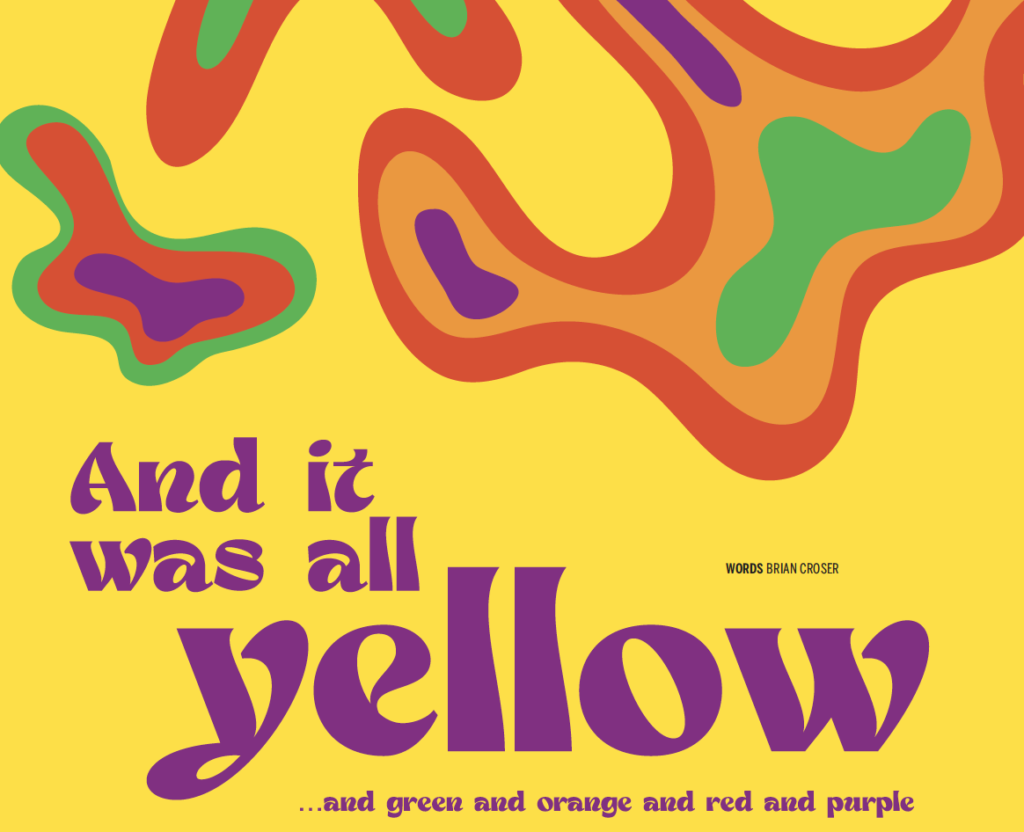
SAM (Southern Annular Modulation) is determined to go south again as the Australian spring arrives. In southeastern Australia that means another summer of cool south-easterly winds, generated deep in the Great Southern Ocean, that arrive on our southern shores at the top of the counterclockwise revolving high-pressure systems as they transit from west to east.
It also means the clockwise revolving lows arrive on the southern shoreline of Australia with a cold westerly bluster. If those lows meet a north-west cloud band from the upper Indian Ocean, crossing the continent diagonally, then we experience significant rainfall and much flashing, crashing and banging in our spring and summer skies.
Every vintage is a weather lottery with a myriad of potential outcomes. Strikingly the roulette wheel of weather has provided different answers for the two hemispheres, the heat and drought of the 2022 northern summer and the less newsworthy cold and wet of the southern winter, likely continuing into a cool 2023 summer.
There is an asymmetry about the weather conditions affecting the northern vintage compared to the southern even allowing for the six-month offset, the yin and yang of climate systems.
Back to Australia, from January 2020, after the early season fires, through 2021, 2022 and including projections for the Australian 2023 vintage, we are in a cooler
sequence of vintages. Will this cooler era last beyond 2023 and will there be a hotter vintage anytime soon? The answer to the first question is somewhere
between maybe and probably and to the second is almost certainly.
In the article titled “A Century of South Australian Climate Change” published on Jancis Robinson’s site in March 2022, I interrogated the vintage weather data for the Foggy Hill Vineyard site at Parawa on the Fleurieu Peninsula from 1925 to 2021.
I calculated the mean GDD (growing season degree days) for each decade from 1925 on to today.
Analysed by decades, 1925-1934, 1935-1944 etc., there are only minor variations around the ever-increasing mean, mostly just less than the average, except for three decades.
The exceptions were the decade from 1945 to 1954 that was 7.2 percent below and 1995 to 2004, 7.5 percent below the 100-year average.
The other exception lives in our memories as the 15-year fiery era from 2005 to 2019, that was 13 percent above the average, including the two warmest vintages of the past 100 years, 2016 and 2018.
I admit conveniently choosing an inflexion point after 2019, making the penultimate era 2005 to 2019, 15 years not ten.
That’s because there was a climate inflexion point in January 2020.
As warned by the Australian BOM throughout 2019, the very negative Southern Annular Modulation (SAM) meant the west to east moving conveyor belt of high-pressure systems would be crossing the continent of Australia closer to the equator, picking up heat and wind speed as they crossed the land. BOM warned this would lead to severe if not catastrophic fire conditions from early spring 2019 into the summer of 2020. As we know, that all came to pass emphatically, in a continent-wide outbreak of blazes, from August 2019 to January 2020.
Then in late January 2020 SAM retired south and although it oscillates between homes deep in the Great Southern Ocean and closer to the Australian continent, the dominant climate influence from January 2020 through vintages 2021, 2022 and now likely through 2023, has been a positive SAM of record duration and intensity.
Long may SAM linger in the south.
In 2022-2023, a re-emergent La Nina will bring rain through spring and summer to the east-coast with an occasional foray into the south-east of South Australia. That’s like the 2022 vintage condition.
What’s different in 2023 is the emergence of a negative Indian Ocean Dipole (IOD) at the same time as SAM being positive and La Nina reappearing.
The waters north and west of Broome are warmer than usual and the warm very moist air will be sucked down over Australia in that giant diagonal slash of cloud that keeps reappearing. Whether these cloud bands collide with a southern low over the southern coast of Australia will dictate the vintage conditions for 2023, being either cool with timely moderate rainfall or being cool and wet. Be prepared for the latter.
What is now obvious about the 2023 vintage is that it will be late. The cool wet winter and start to spring has ensured budburst is late and slow, the cold wet soil
profile will take a long-time to warm up and promote shoot growth. There will be late flowering and likely short shoot extension. Hopefully there will be better weather in a late spring flowering.
A late cool vintage is the best sort, again dependent on the influence of the rain from the negative IOD.
We Australian vignerons are very well served by the climate predictive services of the Australian Bureau of Meteorology (BOM).
We can have some confidence in the range of probable vintage weather outcomes. It seems we are in the beginning of a cooler sequence of vintages, perhaps like 1945 to 1954 and 1995 to 2004.
There will be exceptions and a warmer vintage will occur in the midst of a cooler sequence, just as 2005, 2006, 2009, 2011, 2014 and 2015 were cooler vintages in the fiery fifteen-year hot spell from 2005 to 2019.
A vigneron’s life is controlled by the weather over which there is no control.
I wouldn’t have it any other way.


